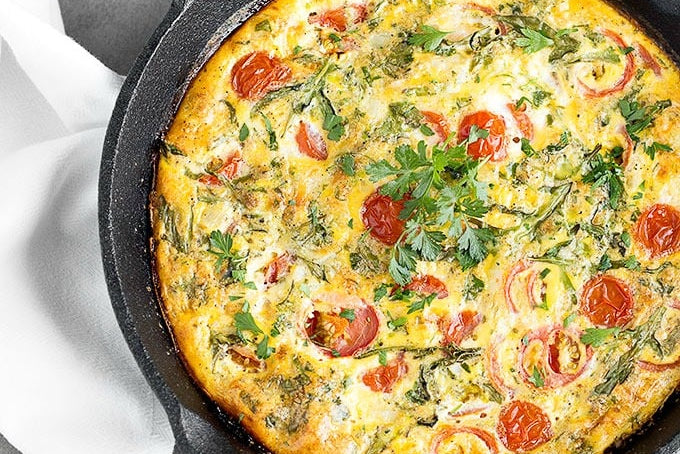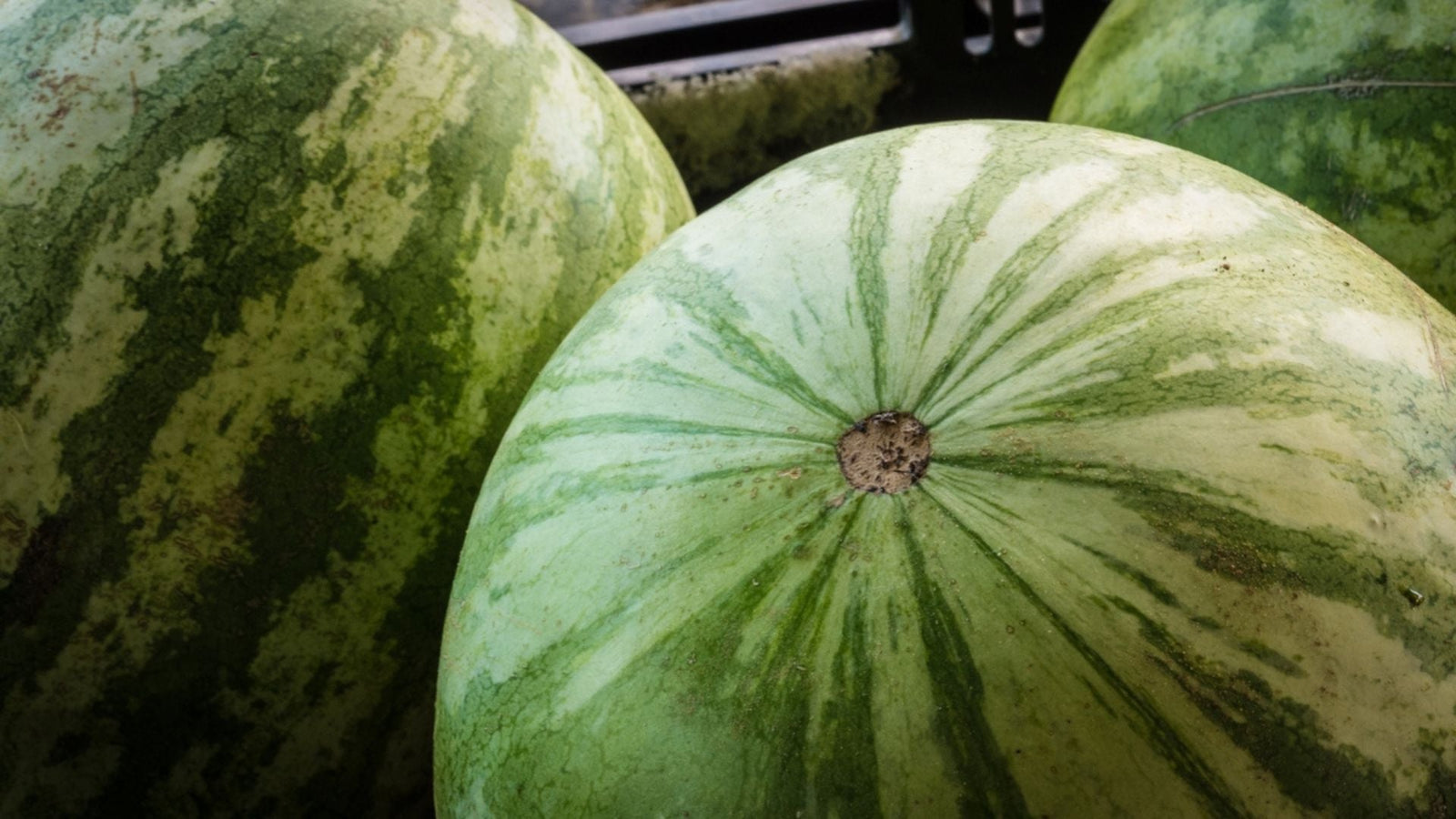Mid spring is the ideal time for fruit fly numbers to rise as the temperatures creep up and the occasional showers increase moisture. Warmer temperatures will signal pupae buried in the ground to come out of their ‘inactive’ winter status to emerge as adult fruit fly.

Mediterranean Fruit Fly (Ceratitis capitata)
There are also many fruit coming into season at this time, so keep an eye on loquats and on early varieties of plums, almonds, apricots, peaches, nectarines and late fruiting citrus.
Many stone fruit are vulnerable to fruit fly attack from the size of a marble, so traps, baiting and exclusion are critical from now until the fruit is ready to harvest.
Don’t wait to see fruit buds on your trees to start the race against fruit fly.
Which Fruit Crops are Affected by Fruit Fly?
The main fruit crops affected by Mediterranean Fruit Fly (Ceratitis capitata) are; orange, mandarin, lemon, grapefruit, peach, apricot, medlar, nectarine, cherry, plum, avocado, blueberry, fig, kaki, cherimoya, strawberry, pomegranate, kiwi, mango, apple, pear, quince, pineapple, and banana.

Apples are prone to fruit fly
How to Minimise Fruit Fly Damage
1. Homemade bait traps can be made by applying fruit fly bait to small yellow boards and suspending them inside recycled plastic bottles to protect them from the weather. Bait needs to be reapplied at weekly intervals to maintain protection.
2. While baiting is effective, it needs to be used regularly and in conjunction with other control techniques.
3. Place traps on the northern side of the tree at a height of approximately 1.5 meters from the ground and within the tree canopy.
4. Consider installing a ready to use fruit fly trap like CeraTrap® which releases a series of volatile compounds, mostly amines and organic acids, which attract the adult flies, especially females.
5. Pruning fruit trees is good management practice and can help to monitor for fruit fly invasion.

6. Fruit protection bagsmade of woven mesh material can be applied to branches which are bearing fruit, or a large shaped fruit tree net can be used to envelope the whole tree.

7. Talk to your neighbours about what they are doing to control fruit fly or perhaps offer to help elderly neighbours to manage their fruit trees. The more people controlling for fruit fly, the better chances of success across the whole community.
Remember: fruiting trees around your neighbourhood are already sending olfactory signals to local fruit fly. Your best chance to protect your summer fruit is by taking action now!






Leave a comment (all fields required)